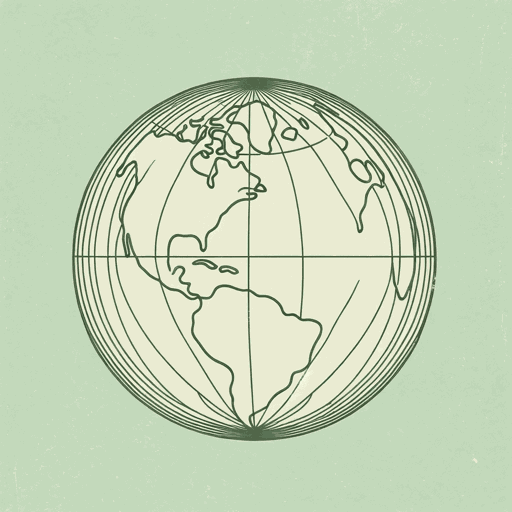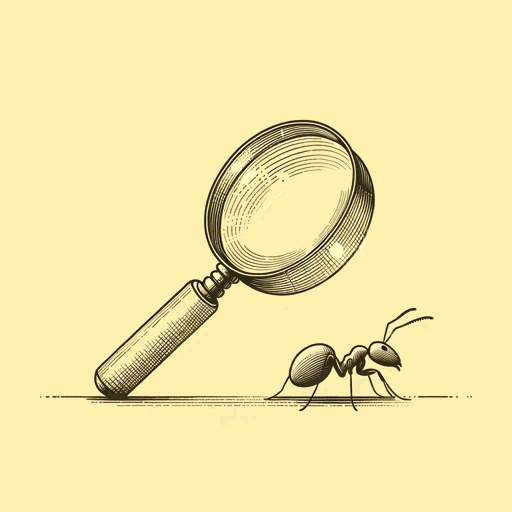43 pages • 1 hour read
Edward O. WilsonThe Future of Life
Nonfiction | Book | Adult | Published in 2001A modern alternative to SparkNotes and CliffsNotes, SuperSummary offers high-quality Study Guides with detailed chapter summaries and analysis of major themes, characters, and more.
Important Quotes
“Untrammeled nature exists in the dirt and rotting vegetation beneath our shoes. The wilderness of ordinary vision may have vanished—wolf, puma and wolverine no longer exist in the tamed forests of Massachusetts. But another, even more ancient wilderness lives on. The microscope can take you there. We need only narrow the scale of vision to see a part of these woods as they were a thousand years ago.”
(Preface, Page xvi)
In this quote, Wilson is demonstrating his literary style, highlighting an underexposed world—at least, compared to the world of big organisms—that is hiding in plain sight. In this way, Wilson is underscoring how the diversity of life exists in nearly every part of the natural world, a fact that he will develop throughout the book and that is particularly important with regard to the invertebrates he’s discussing here, as it is among invertebrates that scientists have observed some of the greatest declines in biodiversity. Wilson is also positioning himself in the text as someone with respect and reverence for these forms of life.
“You searched for essence at Walden and, whether successful in your own mind of not, you hit upon an ethic with a solid feel to it: nature is ours to explore forever; it is our crucible and refuge; it is our natural home; it is all of these things. Save it, you said: in wilderness is the preservation of the world.”
(Preface, Page xxii)
In this quote, Wilson is hinting at the personality of Henry Thoreau, who in many ways chose refuge in nature over participation in society. In doing so, he’s alluding to the destructive divide that has come to exist between human society and the natural world, a divide he’ll explore in later chapters. Wilson is also illustrating another dynamic he’ll explore in the book: the deep connection with, and need for, nature that many humans share, and which may ultimately serve as a tool to prevent environmental destruction.
Related Titles
By Edward O. Wilson

Consilience
Edward O. Wilson

Half-Earth: Our Planet’s Fight for Life
Edward O. Wilson

Letters to a Young Scientist
Edward O. Wilson

On Human Nature
Edward O. Wilson

The Diversity of Life
Edward O. Wilson

The Meaning of Human Existence
Edward O. Wilson

The Social Conquest of Earth
Edward O. Wilson

